QuestionQUESTION: Hi I'm me and my husband are going to adopt a tortoise and cant figure out witch one is the best for us, we have the table, the bedding, the water dish, the humidity and temp. gauges,but haven't got the little guy yet because we live in Hawaii and the humidity is around 80 - 85 % on any given day and sometimes falls to about 60% i was wondering if the 85% is too high for the Russian tortoise? and maybe a cherry head red footed tortoise would be better suited in the high humidity that we live in.and i was also wondering if the humidity is too high how can i drop the humidity to suit the needs of either tortoise. thanks!
ANSWER: In Hawaii, any of the forest species would be perfect. They like warmth and high humidity, generally prefer low light, and eat a varied diet including fruits, insects, and other proteins. Hawaii is also a great place for an outdoor pen, which is perfect for most of these species.
The Red-foot Tortoise is the most common. 'Cherry-head' is just a color-phase of this species. Others include:
- Yellow-foot Tortoise, perhaps a bit big for most indoor pens
- Hinge-back Tortoises, although these are not recommended to start with
- Elongated Tortoises, good, but harder to find
- Burmese Black and Brown Tortoises, also rather large.
Try http://www.redfoots.com or http://www.tortoisetrust.org for general care info, and http://www.tortoiseforum.org or http://www.turtleforum.com for places to chat.
---------- FOLLOW-UP ----------
QUESTION: Thank you so much im not sure what species live in the forest do you have a web site that has a list of all the different types, i found a few but its all scientific terms, maybe something i could understand a little better .iv read that the red foot only gets to about a foot long can they get bigger in an ideal environment?(like hawaii) and also here in Hawaii we have centipedes do those pose a threat to them?
AnswerRed-foots are one of the largest of the Forest species, and are cheap and easy to care for. If you want a bigger, but easy to care for species, try the related Yellow-foot.
A list of all of the forest species would not help you a lot since most of them are hard to care for, hard to get, or expensive. Stick with the Red-foot for now.

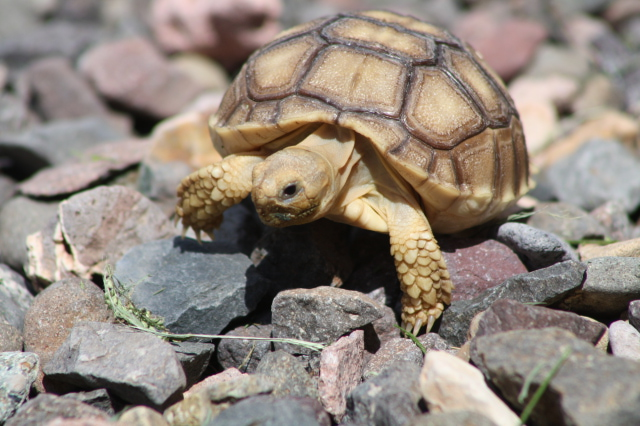 Sulcata hatchling noise
QuestionEnergy Turtle
QUESTION: My 2 month old S
Sulcata hatchling noise
QuestionEnergy Turtle
QUESTION: My 2 month old S
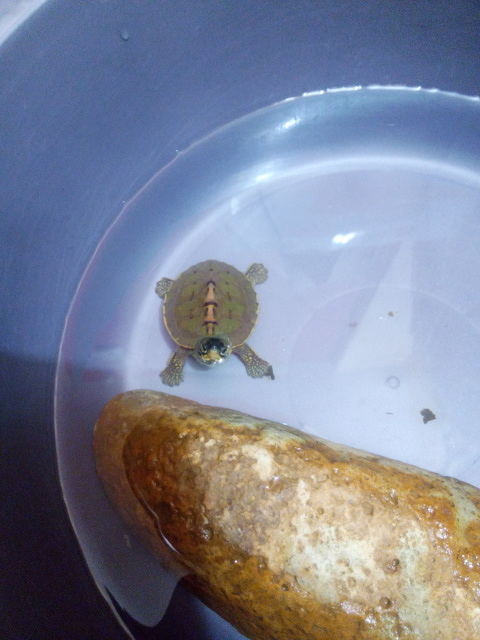 Indian roofed turtle (pangshura tecta)
QuestionQUESTION: Hi,
I have a Indian roofed turtle (Pa
Indian roofed turtle (pangshura tecta)
QuestionQUESTION: Hi,
I have a Indian roofed turtle (Pa
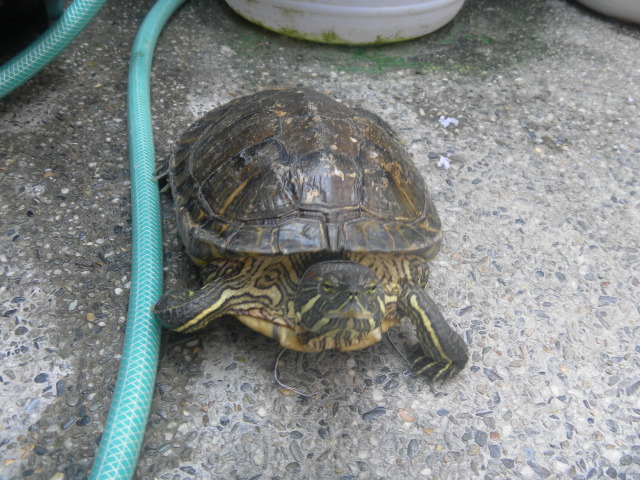 is she healthy?
Questionmy cute turtle
QUESTION: Hi Tina! I forg
is she healthy?
Questionmy cute turtle
QUESTION: Hi Tina! I forg
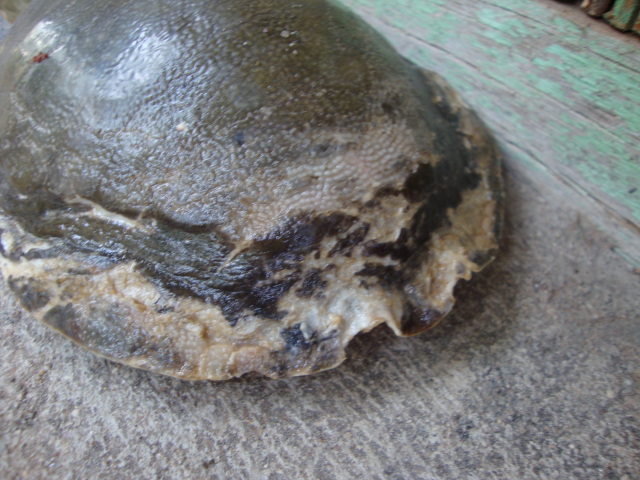 about the health of my tortoise
Question
tortoise shell
hi iam sasikiran.actualy
about the health of my tortoise
Question
tortoise shell
hi iam sasikiran.actualy
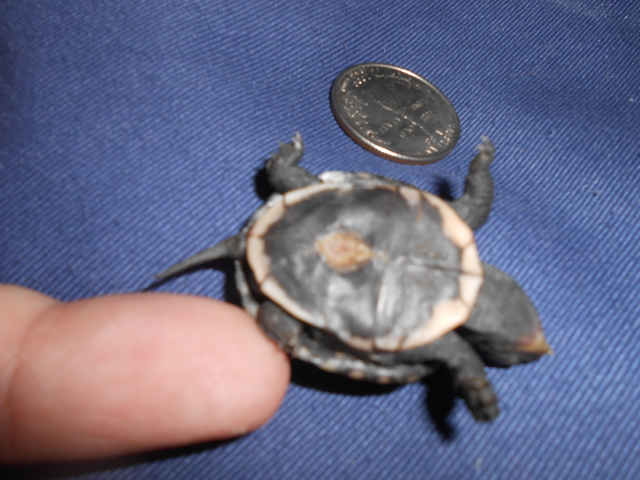 identifying a hatchling
Question
Turtle Turtle2
I found a turtle o
identifying a hatchling
Question
Turtle Turtle2
I found a turtle o